Blog
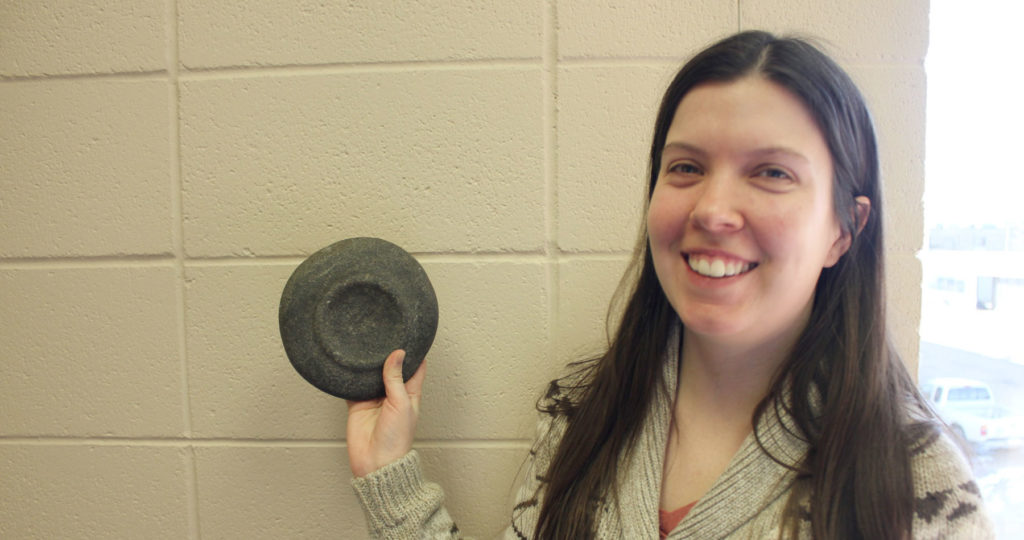
March 9, 2018
Tree Time Gals!
International Women’s Day is a great opportunity to talk about women in our past that have paved the way in some fashion. Without the Famous Five women would not have been recognized as persons in Canada as early as we were. Women like Zelia Nuttal, challenged the norm and pursued something she truly loved, expanding our
Keep Reading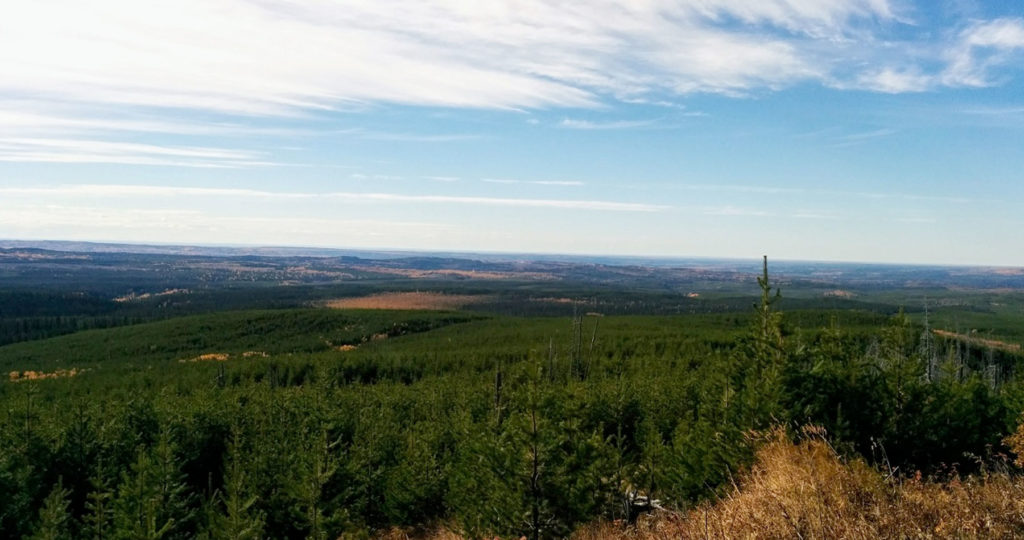
March 7, 2018
Mary Townsend Sharpless Schäffer
Have you been to Maligne Lake? If so, you’ve seen some of Mary Schäffer’s work, for her survey of Maligne Lake was used when the area was incorporated into the Jasper National Park. In 1911, Mary was asked to survey Maligne Lake by the Geographical Board and Geological Survey of Canada. This was incredibly unusual
Keep Reading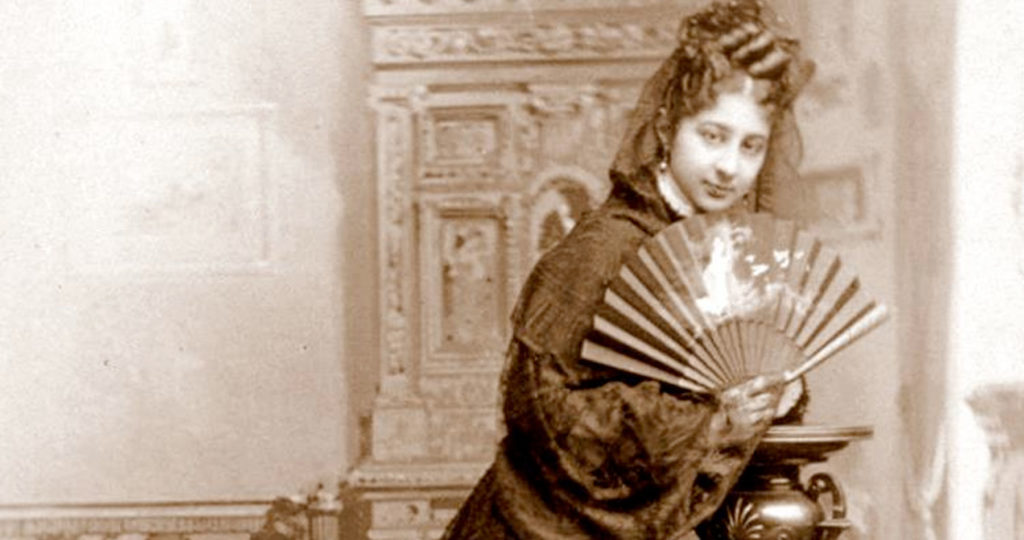
March 5, 2018
Zelia Nuttall
Zelia Nuttall was a prominent anthropologist specializing in Mexican archaeology during the Victorian Era. This was a time when archaeology wasn’t as firmly established as a discipline and it definitely wasn’t considered as a suitable career choice for women. ‘Appropriate’ work for women was typically connected to the domestic realm and included jobs like serving,
Keep Reading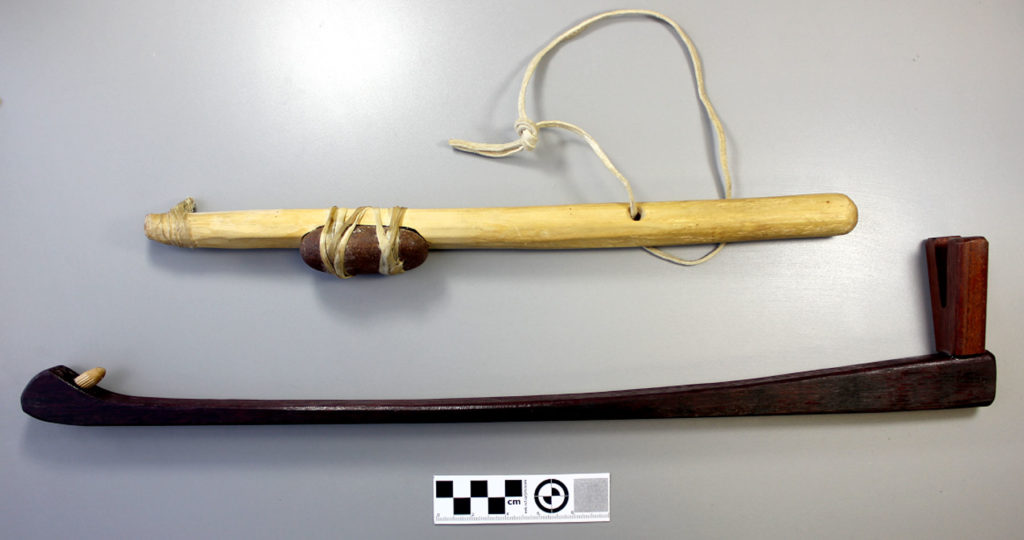
February 6, 2018
Atlatl
An atlatl is a throwing stick with a small hook used to throw darts (projectiles). It allowed the hunter or warrior to create more leverage to increase the speed and distance of the dart. This weapon was used throughout North America including Alberta, approximately between 7,500 and 1,350 B.P.
Keep Reading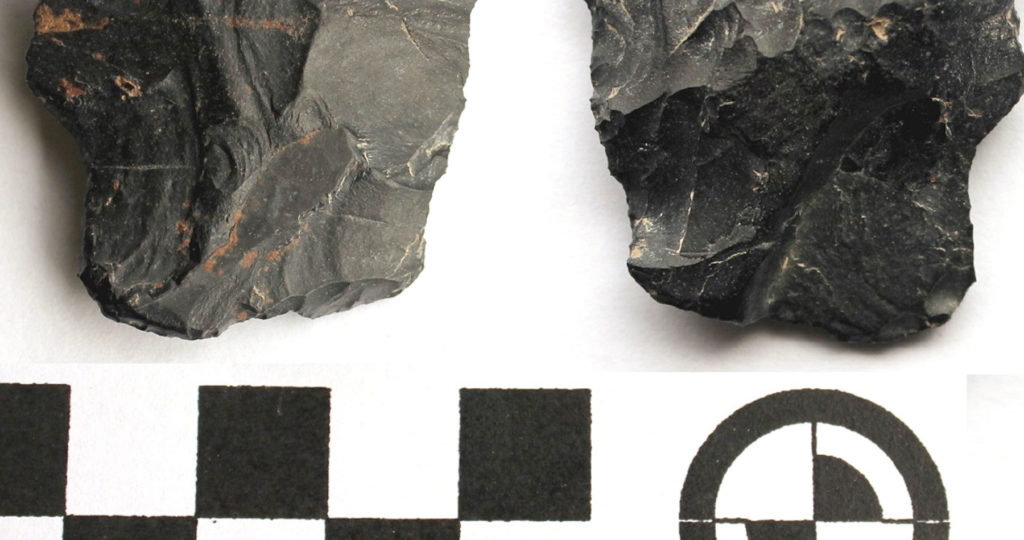
January 30, 2018
Peace River Chert Biface
In the summer of 2016, this tool was identified while inspecting the exposures along an in-block road for Boucher Bros Lumber. It is likely the bottom portion of a biface that broke during manufacture or use. It is made from Peace River Chert, a material common to the Peace River region.
Keep Reading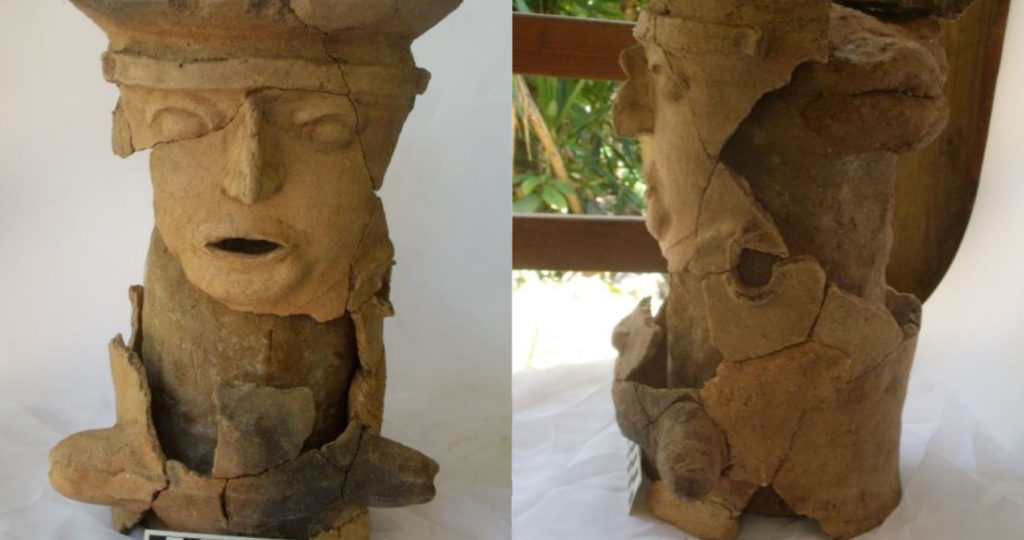
December 18, 2017
Field School in Belize – Trent University
One of the most common questions that I get asked is what is the coolest thing I have ever found. My default answer is this censer fragment that my excavation team unearthed back in 2009 as part of the Trent University field school in Belize, at the Minanha site. My team was working on the excavation
Keep Reading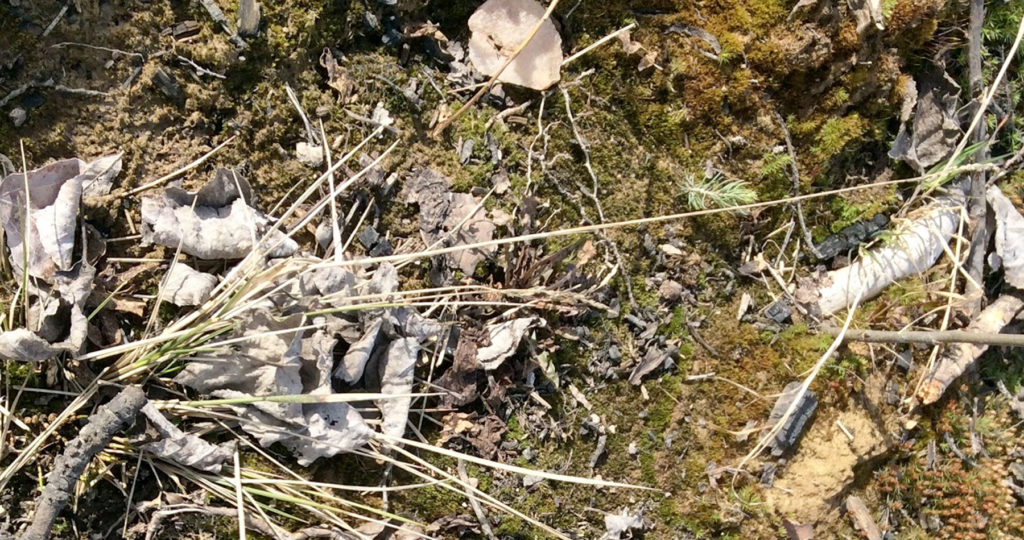
December 11, 2017
Find the Flake (Part 2!)
While we always prefer to survey areas prior to any impacts, the identification of artifacts in post-impact contexts can be easier because of large areas of exposed sediments. Instead of targeted shovel tests that excavate a very small percentage of a high potential area, we can potentially see everything that is under the ground. However,
Keep Reading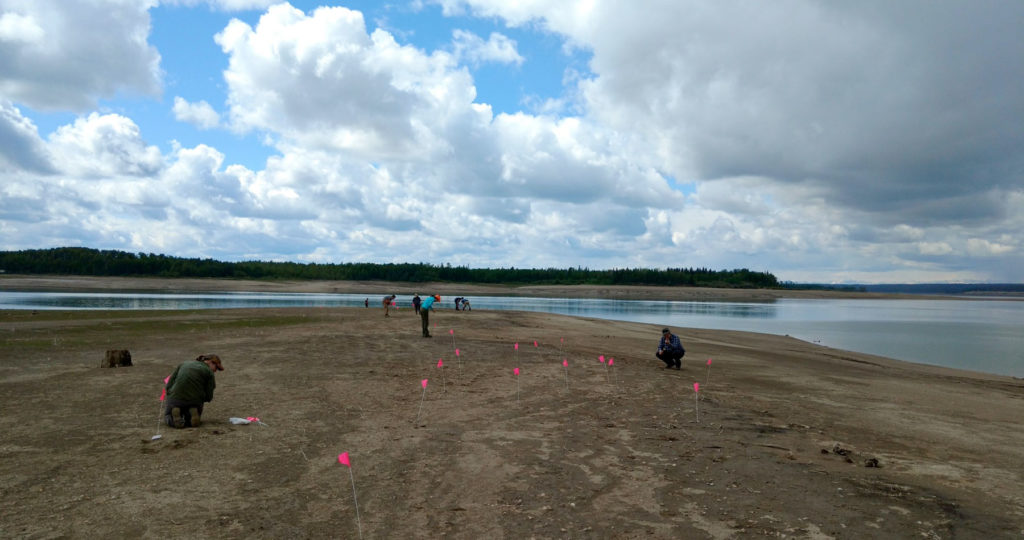
December 4, 2017
Public Archaeology at the Brazeau Reservoir
Public archaeological programs are an excellent opportunity for people with a general interest in archaeology or amateur archaeologists to learn what an artifact is, and to practice the techniques that are used to find and interpret them. Often these programs will have a dig component, where people join for a few days or a week,
Keep Reading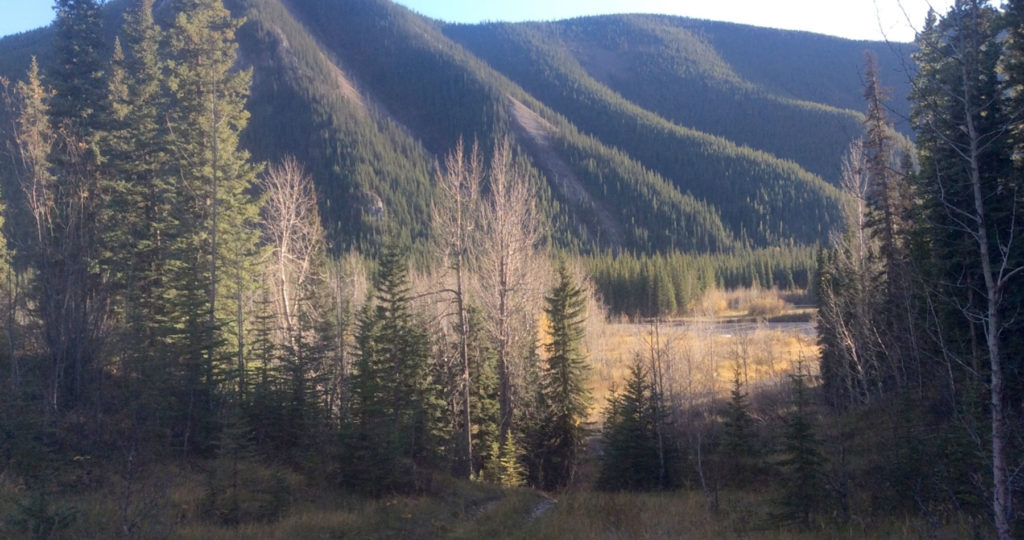
November 27, 2017
The View From Out Here
We took this photo in the fall of 2016 while completing fieldwork for Sundre Forest Products’. It’s of the Clearwater River valley as seen from a site we found that year. The site was easily identified because artifacts were eroding out of the steep valley wall and the ATV trails that cross the landscape. From
Keep Reading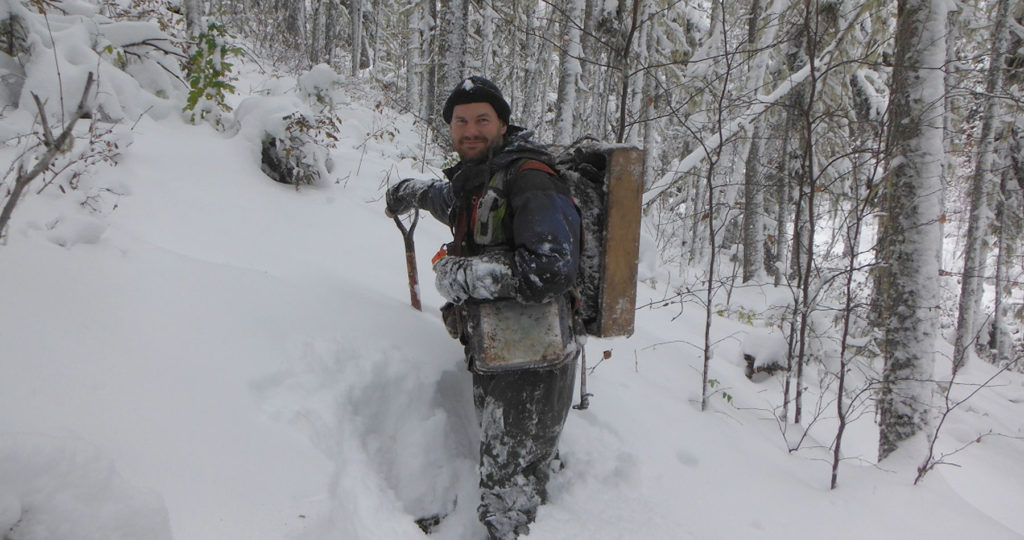
November 20, 2017
Working in the Winter
Specializing in forestry archaeology in Alberta, I haven’t had much opportunity to work in winter conditions. One of the nice things about forestry is its relatively long planning horizon and the flexibility to schedule our work. Unfortunately, in fall 2012, a variety of factors conspired to push some of our fieldwork into late October, and
Keep Reading